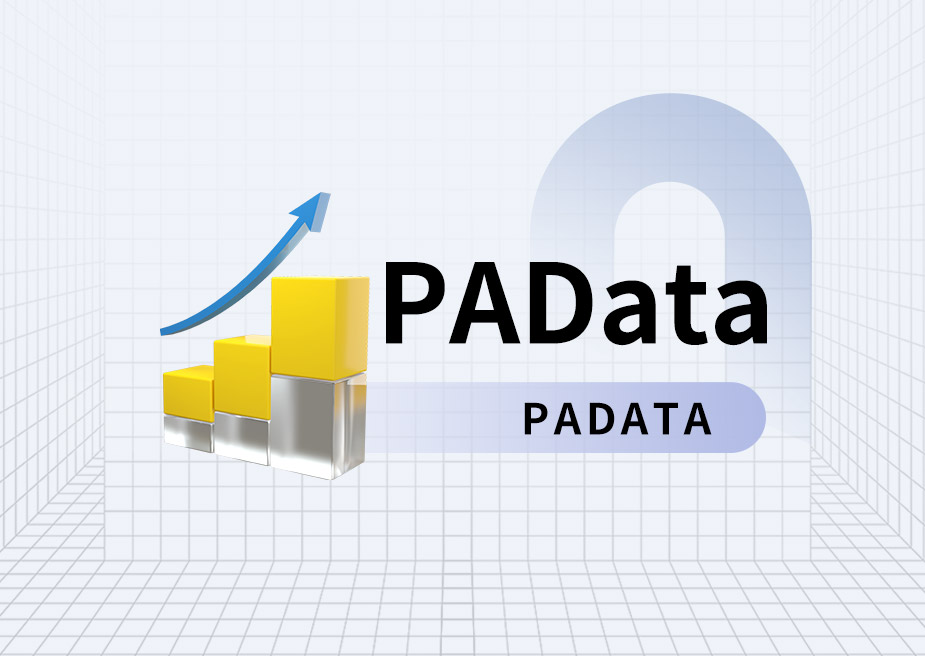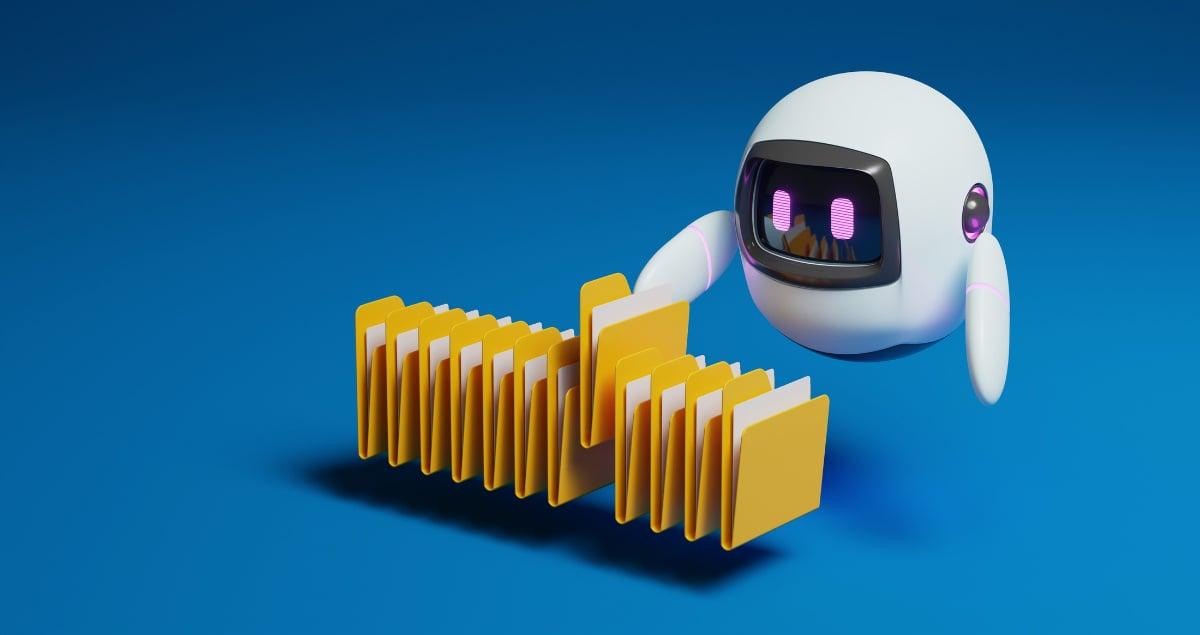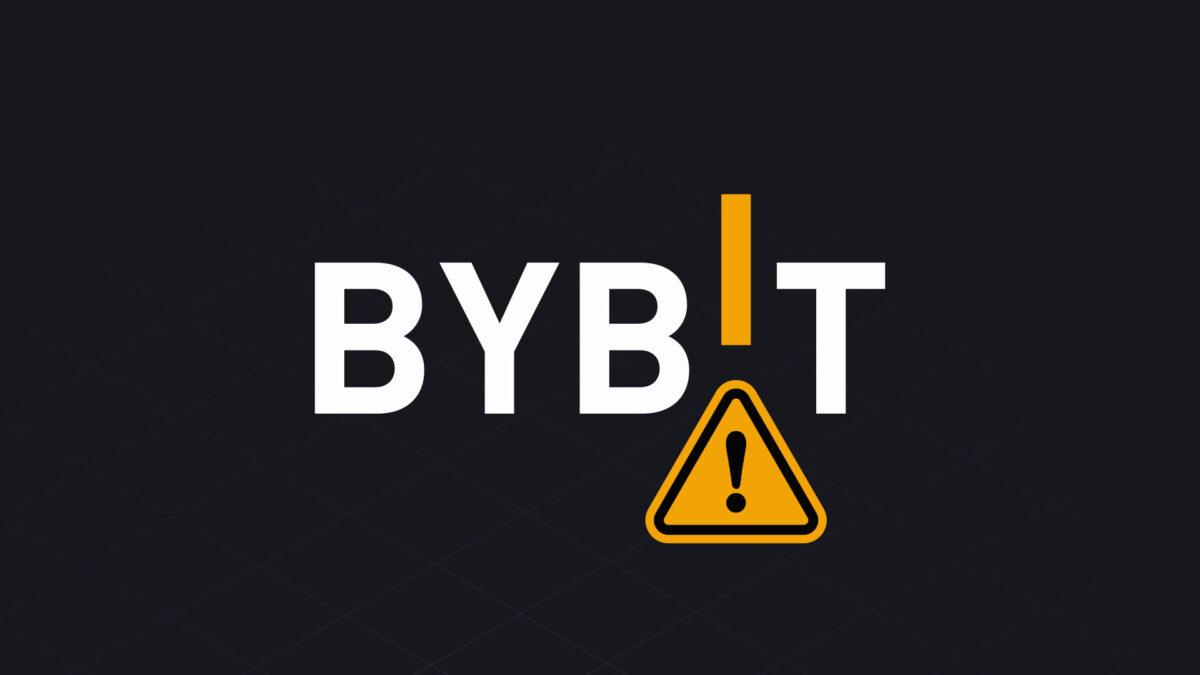Looking back at what Solayer has done in the past six months, it seems quite scattered at first glance. From hardware acceleration chains to liquidity staking to real-yield stablecoins, and then to on-chain debit cards, it seems like it is trying to build a "unified financial infrastructure". It has long lost the purity of the original high-performance layer1. How should we view it?
Simply put, Solayer’s strategy is very clear: instead of making a single breakthrough, it will deploy a full-stack product line and go directly to the “financial operating system” of the Solana ecosystem to achieve a closed loop from underlying technology to terminal consumption.
sSOL liquidity staking + sUSD income stablecoin + InfiniSVM high-performance TPS chain + Emerald debit card, these four major product lines seem to have nothing to do with each other, but they cover the complete chain from infra layout, asset appreciation to payment consumption.
1) Interestingly, the design of sUSD is a real-yield stablecoin based on short-term U.S. Treasury bonds. The 4% T-bill yield directly hits the weak spot of "lying flat" stablecoins such as USDC.
I have previously written about the huge market potential of stablecoins. sUSD, which reached a TVL of $32M in just three months, also indirectly supports this judgment. This idea of packaging traditional financial fixed-income products into native assets on the chain can bring real and sustainable sources of income to the Crypto world, which is in line with the current market needs of the TradiFi+DeFi integration stage.
2) The claimed performance breakthrough of 1 million+ TPS may sound a bit intimidating at first, but don’t be too concerned about the numbers. The hardware acceleration + SVM-compatible infiniSVM expansion solution behind it gives the illusion of a “super chain” that will serve the future.
I have repeatedly emphasized this point in previous articles. Although the 4,000 or so TPS of the Solana mainnet is sufficient for most application scenarios, if it serves future scenarios that are extremely sensitive to latency, such as high-frequency DeFi interactions, professional on-chain games, high-frequency arbitrage MEV, and instant payments, infiniSVM's extreme pursuit of performance will come in handy. This is similar to the idea of Sonic SVM specializing in gaming scenarios.
However, whether the basic infra has excess or insufficient performance requires further market verification, and requires enough developers and various high-frequency application scenarios to be implemented.
3) The design of sSOL is also quite good. The cleverness lies in the construction of a dual income mechanism of staking + re-staking. After users pledge SOL to obtain sSOL, these sSOLs will be automatically restaken to the InfiniSVM network to provide security verification services, forming a superposition effect of SOL native income + Solayer ecological incentives.
In fact, this design of superimposed revenue effect will be very lucrative. With only 300,000 users and over 500 million US dollars in TVL, sSOL has good DeFi composability.
4) The concept of “on-chain debit card” is not particularly new, but the differentiation of Emerald card lies in the deep integration of Solayer’s own interest-bearing assets, which means that users can maintain the original income experience during the consumption process.
Imagine that users put their funds in sUSD to earn interest, and swipe the card directly when they need to spend, giving them a sense of "earning money while spending money". The assets are traceable on the chain throughout the process, and the income continues to accumulate. In addition, Emerald card has basic configurations such as coverage of 100+ countries, ATM withdrawal support, Apple/Google Pay compatibility, etc., which will have a faster coverage and penetration speed. More and more bloggers sharing their experience of using debit cards is an example.
above.
In general, Solayer has adopted a four-in-one full-stack strategic product line development, trying to create a closed-loop financial consumption ecosystem. Compared with the simple high-performance public chain narrative, the positioning of this financial operating system has indeed added a lot of imagination space.
But in any case, InfiniSVM is the core line of Solayer's development. Only when the ecosystem of this hardware acceleration chain is truly activated can other deployed product lines obtain corresponding synergistic gain effects.







